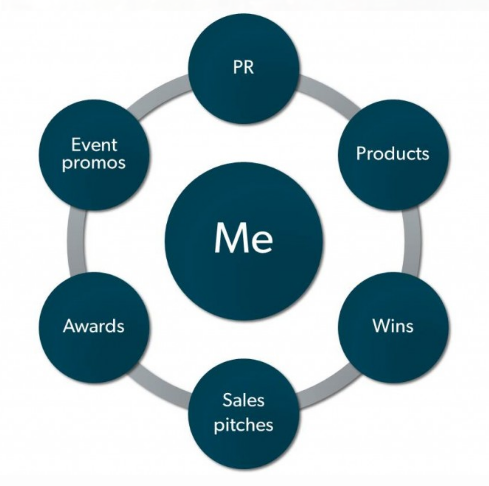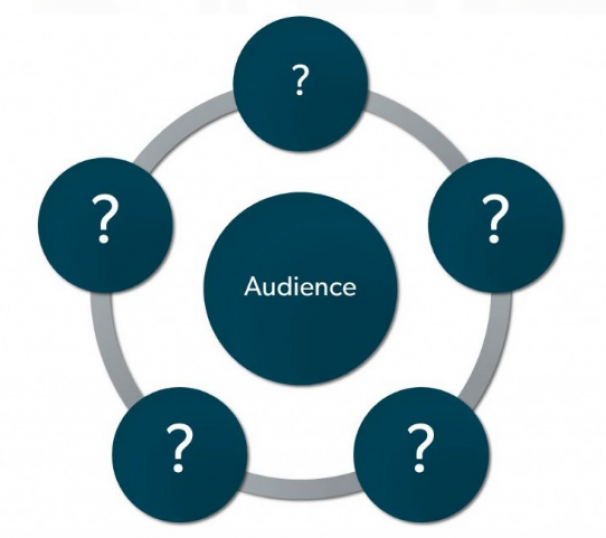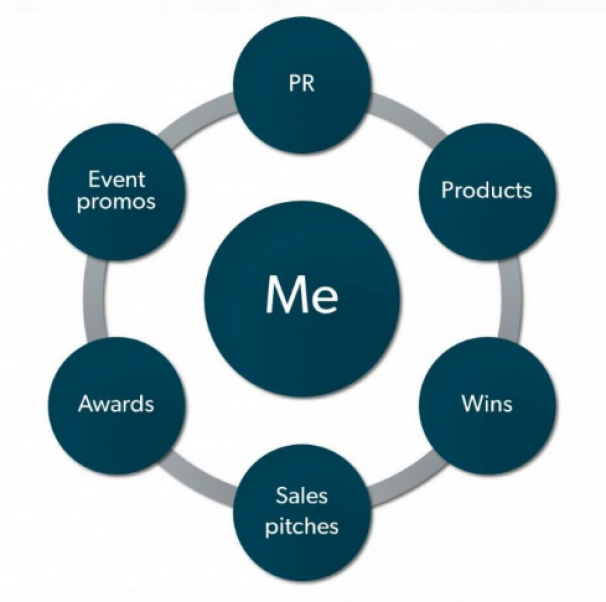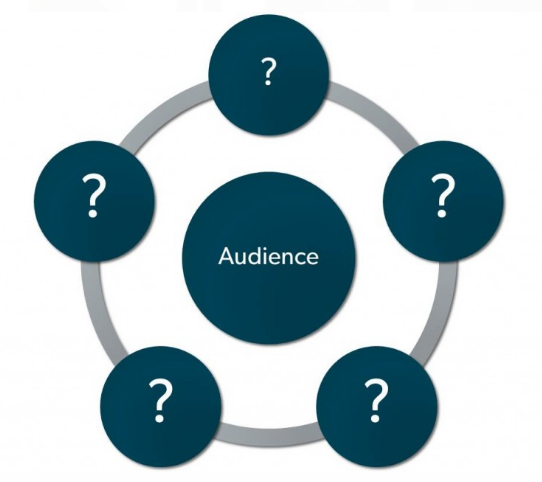This is a guest post from Ian Greenleigh — Bazaarvoice’s Manager of Content and Social Strategy and author of the upcoming book The Social Side Door.
The best company blogs don’t know they’re company blogs. They hold their own when compared to the blogs of any type. They aren’t weighed down by the jargon and promotional language typical of corporate content—the kind of content that Made to Stick was born to combat. The best blogs, corporate or otherwise, are adventurous. They take risks, ponder important questions, and excite readers.
Me! Me! Me!
Many companies blog like they’re Kim Kardashian: “Let’s talk about me!” They place themselves at the center, and post only content that reflects this view of the world. Repurposed press releases, product announcements, award wins, thinly veiled sales pitches, teasers for events… and little else. Not coincidentally, these are the easiest posts to create — but they tend to be the least effective, because they really belong elsewhere. An award announcement, for example, should live on an awards page, where it fits right in.

Take a look at your blog’s analytics data. Odds are the posts that focus on your company and products don’t do as well as the posts that aren’t company — and/or product-centric. Because readers don’t care how awesome you think your company is. If you encounter any pushback when trying to blog differently, show them the data.
Are you indispensable?
Asking strong questions can set you up for success. One of the strongest questions in this case is:
“How can we become indispensable by blogging?”
A lot of blogs are built to answer questions like:
“How can we create a great company blog?”
The first question aspires to serve its audience. The second aspires to be great… but only as far as company blogs go. It’s not hard to predict which blog will turn out better overall.
Indispensability is a BHAG worth blogging for.
Fill in the blanks
Once you put your audience in the center of your strategy, it’s a matter of filling in the blanks.
Fill them in by asking:
- What kind of content will interest my current and intended audiences?
- What unique insights does my company have (data, experience, etc.)?
- Which messages are resonating?
- How can we help people?
- What are people asking us about?
- Where in our space is leadership needed?
- What actions do we want people to take after reading?
Who’s doing it right?
We’re in a renaissance of company blogs. Companies are seeing the benefits of thought leadership, and proving that products and services aren’t the only ways they can create value. Here are a few that stand out today:
The 99 Percent — Behance
Behance built a network for creative professionals to showcase their work, and for companies to find creative talent. They don’t blog about this.
Their blog supports their vision: “To Empower the Creative World to Make Ideas Happen.” They share productivity tips, project management strategy, and curated videos about getting more bang for the mental buck.
The Daily SEO Blog — SEOmoz
SEOmoz sells SEO tools and analysis. Just like their products, their blog is all about improving SEO.
While SEOmoz employees do a lot of the writing, readers (not all of whom are customers) contribute their own posts to a separate blog. The Daily SEO Blog features the best reader blog posts, which motivates readers to contribute even more quality content. It’s a perfect cycle of crowdsourced content creation.
This blog also stands out for its effective use of video. White Board Fridays tackle complex technical issues, and break them down step-by-step on a whiteboard. The success of these videos is no mystery: they help people.
Glassdoor blog — Glassdoor
Glassdoor aims to give the inside scoop on companies by collecting information and employer reviews from employees.
The most interesting content on their blog focuses on sharing high-level findings from the data they collect, like lists of top-ranked CEOs by employee approval rating. But the majority of their posts serve job-seekers, the site’s primary audience, with simple how-to and top-tip formats.
The Cleanest Line — Patagonia
Patagonia, a Bazaarvoice client, produces high-quality apparel for all kinds of outdoor and adventure uses. The company is well known for its public commitment to environmental causes.
The Cleanest Line is Patagonia’s passion for the outdoors, externalized. This same passion connects its customers to each other, and to the famous brand. It offers a wealth of knowledge on environmental issues, and great personal stories from the brand’s “employees, friends and customers.” The content stands on its own, and when products are mentioned, it’s always within the context of a great story.
Adventures in Organization — Rubbermaid
Rubbermaid, also a Bazaarvoice client, manufactures “home organization products and solutions,” but hardly needs even this short introduction.
Rubbermaid’s blog is about — what else? — organization, something everyone would love to do better. This content appeals to all levels of skills and interest, from the organization geek, to the chronically messy (like me). Guest posts from professional organizers add a helpful external perspective, and the guides are extremely easy to follow. Rubbermaid knows that if just one tip in one post ends up improving your life — even in a tiny way — you’ll come back for more.
For more company blog tips and leading examples, check out our presentation on slideshare: Blogging at the heart of your content strategy.
About Ian Greenleigh
Ian Greenleigh is a social media strategist and blogger. His words and ideas have been featured in Seth Godin’s The Domino Project, BrianSolis.com, AdAge.com, Jay Baer’s Convince and Convert, Jason Falls’ Social Media Explorer, MarketingProfs, Social Media Today, The iStrategy Blog, and many other outlets. He is currently writing a book titled The Social Side Door: How social media has rewritten the rules of access and influence forever. Since March of 2010, he has worked as Bazaarvoice’s Manager of Content and Social Strategy. Read more of his work on Bazaarblog and Dare to Comment.
- Web |
- More Posts(2)





